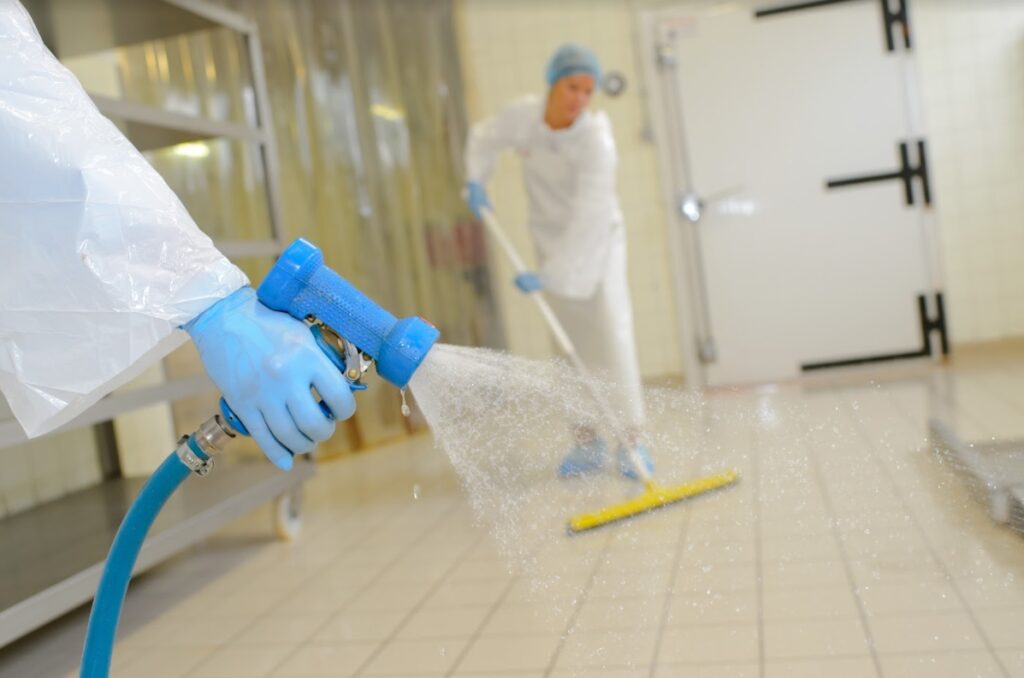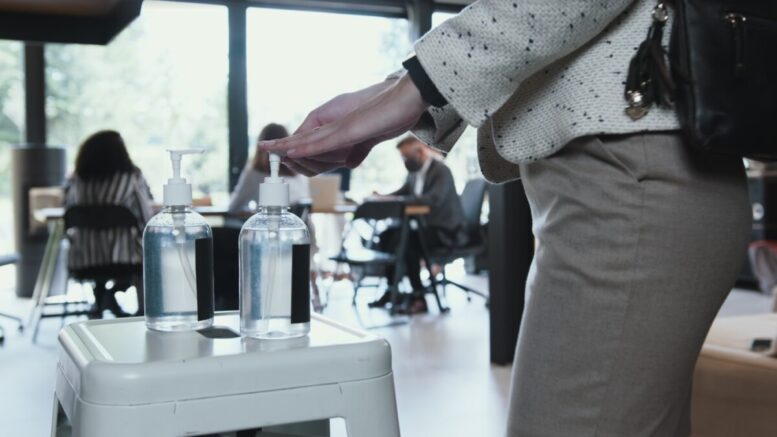Microorganisms are found in everyday living, as they can be in the soil, air, water, or even in the body. Some of the organisms are not harmful. They are helpful, e.g., good bacteria in the gut. But still, some bacteria cause severe infections to human beings.
Some pathogen-causing diseases have various ways of transmission that may include direct contact with people. Some can be airborne if there is an insufficient circulation of air in the room, improper disposal of hazardous waste, and food contamination.
Today, coronavirus posed a challenge to many companies that highly depend on physical interaction, forcing them to an extra PPE vending machines cost to ensure the safety of their workers. Workplaces are among the areas where transmission of infections occurs most since employees interact a lot before going home to their families.
To help you, below are six ways to reduce the transmission of diseases in the workplace:
Providing Resources For Cleaning And Handwashing
Germs like to spread through contact surfaces, generally through the hands. Installing areas for proper hand cleaning can be an efficient way to reduce the transmission of diseases in the workplace. Provide hand cleaning agents such as soap and disposable paper towels for hand drying.
The human resources department should alert all the employees to always wash their hands after using the washrooms in the kitchen or any other time they have been in contact with other areas in the workplace.
It will help reduce the transmission by a vast number, washing of hands should take at least 15 seconds to ensure the pathogens are eradicated.

Proper Cleaning Of Workplace
Keeping your workplace clean minimizes the spread of diseases. Surfaces should be cleaned regularly by the use of disinfectants. It includes doorknobs, elevator buttons, stairs, the kitchen, and shared machines such as computers and other commonly used electronic devices.
Sanitize these surfaces and equipment two times a day. Disinfecting shared pens in the reception and service desk should be ensured.
Ensuring Proper Ventilation
Viruses are transmitted through various ways, including the air. Due to the number of employees working in a building or sharing a room for work, proper ventilation systems make work efficient by ensuring maximum airflow at all times. Microorganisms spread quickly in poorly ventilated rooms as people exchange contaminated air.
Promote Non-Sharing Of Kitchen Utensils
Since employees are sometimes at work for a full day, they may need to take meals in between. Such meals are prepared in the workplace kitchen. To reduce the transmission of diseases in the workplace, they should be encouraged to avoid sharing cups, glasses, forks, and spoons.
If not possible, these utensils must be cleaned well by using warm water and disinfectant soap at all times. These should also be used after they are dry. Your employees can also use disposable utensils where necessary.
In this manner, the pathogens will have no chance of surviving without moisture in the utensils to reduce the likelihood of food poisoning.
Proper Handling Of Waste
Ensure care and caution when collecting and disposing of hazardous waste. The litter contains the pathogens of the diseases and can be transmitted very fast through improper waste handling.
Hazardous waste in hospitals is usually kept in a separate bin for collection and labeled correctly to avoid confusion. Hazardous waste includes equipment and materials used for handling patients that may contain fluids and blood.
Use of personal protective equipment should be encouraged, such as wearing gloves in disposing of waste to ensure a reduction in transmission.
Ensuring Administrative Control
Administrative control takes effect by implementing policies for a safe and clean workplace.
It ensures less crowding at specific workplaces by reducing the number of employees. For example, when taking care of infected patients, only assigned people can take care of them in this manner. There is less risk of other employees getting infected if anyone can attend to a patient.
In a corporate setup, limiting the number of employees within a workplace is a task the administration can undertake. If forums are essential, teleconferencing apps can be an alternative instead of physical meetings. These, alongside other sanitation measures, help reduce the likelihood of disease transmission in the workplace.
Conclusion
Employers and employees alike can avoid possible disease transmission if the above ways are adhered to. Proper handwashing and ensuring adequate ventilation in the rooms should be a priority. It is also essential to let employees who are seriously infected be given sick off days till they recover to help reduce the transmission of diseases.
